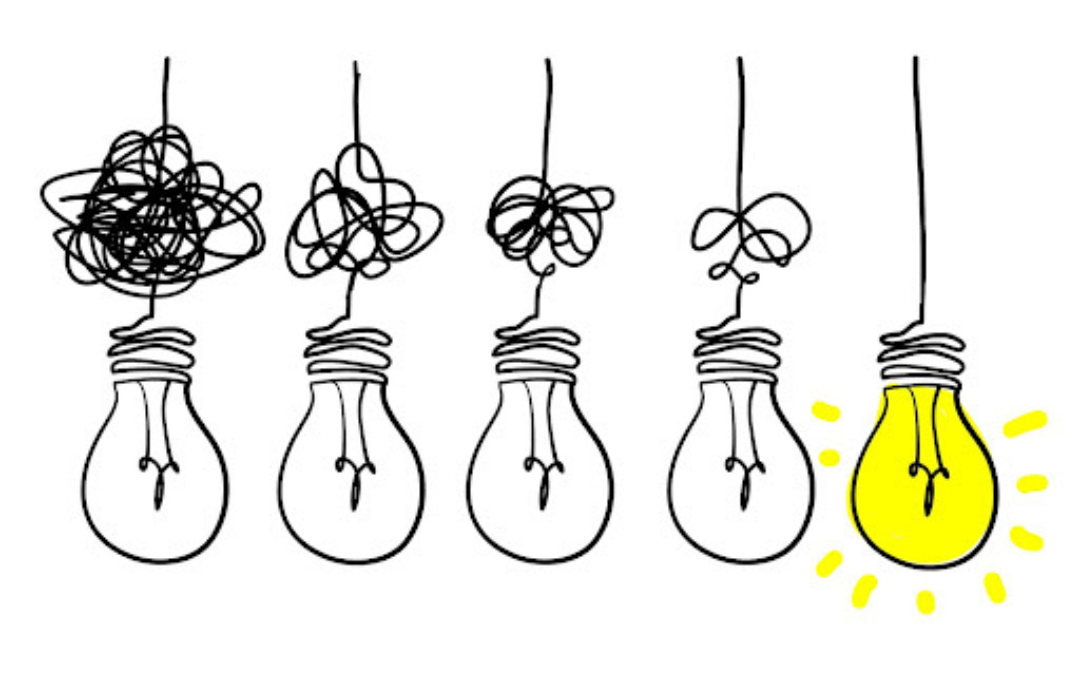If we asked you to guess how many encounters with a new word a typical reader needs to be able to retrieve the word instantly and automatically, without guessing, decoding, or relying on other hacks . . . what number would you guess?
20? 30? 40? More?
Well, you might be surprised to learn it’s a lot less than that!
It’s not 10!
It’s not even 5!
Research shows it is between 1-4! (Kilpatrick, 2017)
But if you’re like most of us, right now you might be saying . . .
What?! Wait!
Not my kids!
Not in my experience!
We’ve been there, too!
Rainbow writing,
Mix-and-fix.
Playdough.
Cards on rings.
Computer games.
Worksheets.
Highlighting high-frequency words in printable readers.
The list goes on and on.

Yet, the truth of the matter is that kids shouldn’t need dozens of exposure to individual high-frequency words to really learn them. The problem is, that lots of the methods we’ve used in the past have been driven by myths and misunderstandings about how children learn words. The vast majority of us were taught that kids have to spend lots of time working to memorize high-frequency words visually!
But the really great news for all of us (and especially for children) is that when you teach words in ways that tap into the secret ingredient of word learning–orthographic mapping–children learn them MUCH more quickly and efficiently.

When students engage in orthographic mapping–the process of aligning all the sounds and spellings of a word–words become “eligible” to get stored away for INSTANT, AUTOMATIC retrieval. Through orthographic mapping, these words become recognize-them-as-soon-as-they-see-them words, the kind of word learning that you want for all of your students.
Orthographic mapping–
Call it the secret ingredient to word learning.
Call it the glue that makes words stick.
Call it OM.
Call it magic.
Whatever you call it, orthographic mapping, originally described by Linnea Erhi (2014), MUST happen before words can be truly known! In fact, every word that YOU read automatically (which is almost every word you encounter as a proficient reader), was mapped before it got stored.
Better yet, once words are learned through orthographic mapping, they don’t go away! Kids don’t forget them. They can read them instantly. They can write them fluently. They are forever part of their word knowledge stores.
Still, orthographic mapping is an in-the-brain process. We can’t do it “for” kids, but we utilize instructional techniques that connect phonology (the sounds in words) to orthography (the spellings of those sounds) in ways that increase the speed and likelihood that orthographic mapping will happen.
And the really great news is that by using brain-friendly word mapping in our instruction with children, we can help them become efficient word mappers who are prepared to leverage orthographic mapping to learn words on their own!
We know you want to help children learn more words more quickly (and forever), and you can do that by replacing memorization with mapping! If you want to learn more about the WHY and the HOW of more brain-friendly and science-aligned methods for high-frequency word instruction–especially orthographic mapping–we invite you to join us in our brand new on-demand, mini-course – Sight Word Success.
Linnea C. Ehri. 2014. Orthographic Mapping in the Acquisition of Sight Word Reading, Spelling
Memory, and Vocabulary Learning, Scientific Studies of Reading, 18:1, 5-21. https://registrar.ecu.edu/wp-content/pv-uploads/sites/257/2019/07/ehri.pdf
Kilpatrick, David A. 2017. Equipped for Reading Success: A Comprehensive, Step-by-Step Program for
Developing Phonemic Awareness and Fluent Word Recognition. Syracuse, NY: Casey and Krisch Publishers.
-

Jan Burkins and Kari Yates are authors, speakers, and consultants, who are dedicated to helping teachers around the world translate reading science into simple instructional moves that help teachers make learning to read easier for their students while still centering meaning-making, engagement, and joy.
Recent Posts

